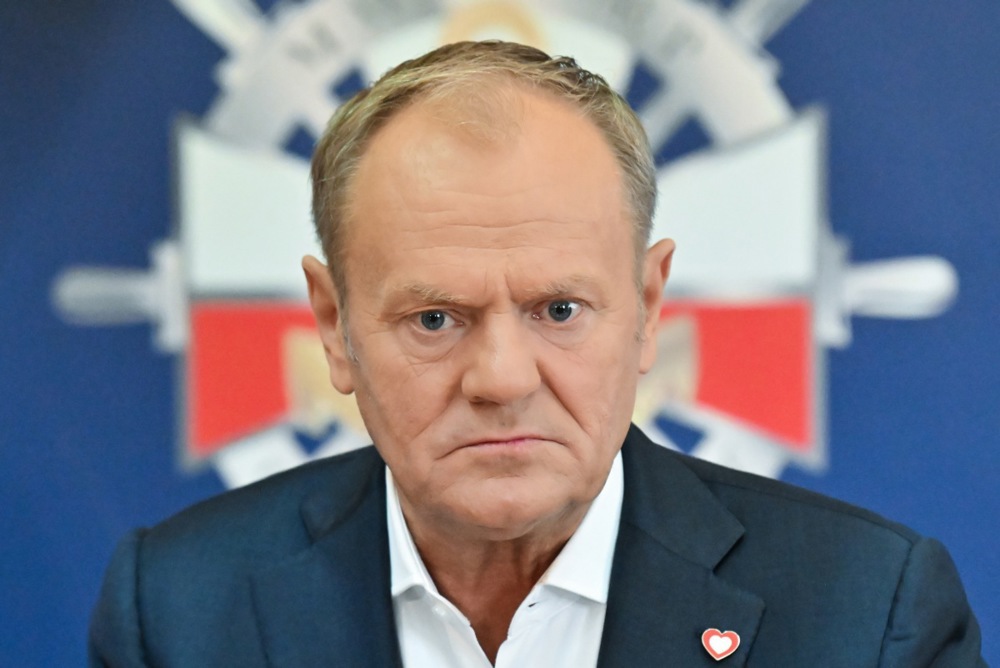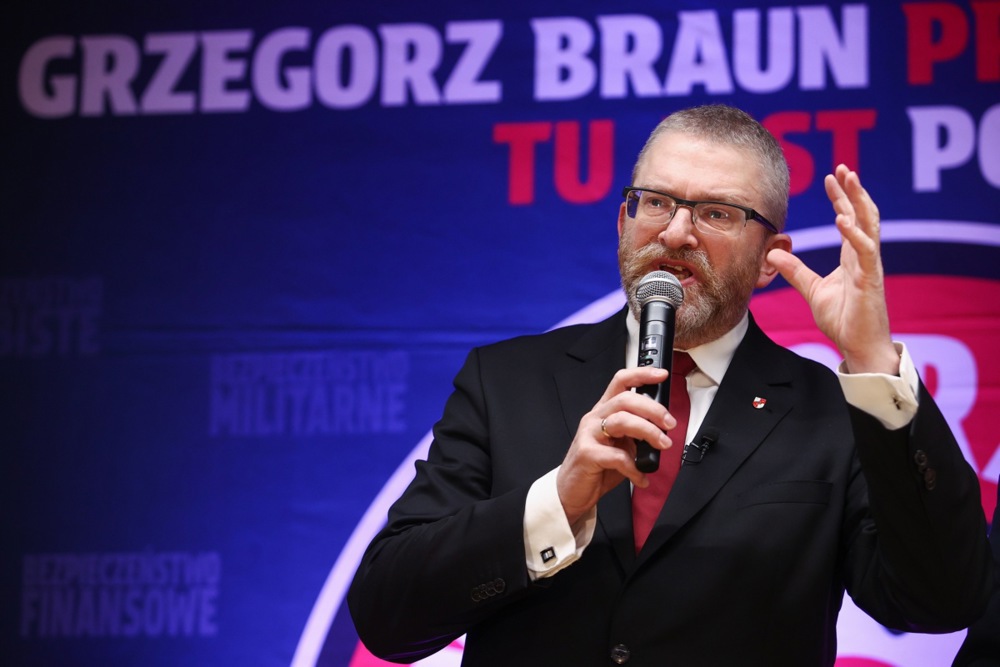Young Polish voters turned out en masse to reject PM Donald Tusk’s centre-left government in the June 1 presidential election, according to exit polling by OGB polling agency.
Polish people from 18 to 29 face some of Europe’s highest housing costs relative to income, combined with high rents and difficulty in finding mortgages.
In both rounds of the election, younger voters also overwhelmingly embraced right-wing candidates, though overall preferring more radical options such as the Confederation party to the main opposition Conservatives (PiS).
They also voted in high numbers: 73 per cent turned out in the firsts May 18 round, where only 24 per cent gave a vote to either of the two leading candidates, Tusk-supporting Rafał Trzaskowski and PiS-backed Karol Nawrocki.
More than half of young voters backed two anti-establishment figures: 35 per cent supported the Confederation Party’s Sławomir Mentzen, and 20 per cent voted for Adrian Zandberg of the small left-wing Together party.
By comparison, Trzaskowski only won 13 per cent of younger votes, and Nawrocki 11 per cent.
Polls said younger voters wanted to see the campaign focus more on their concerns: the housing shortage, stagnant wages and growing inequality.
Confederation’s support among younger voters was helped by its 38 year-old candidate, and its narrative of lower taxes and less regulation, which appealed to young men.
Zandberg also emphasised housing and workers’ rights, further helping him with younger voters.
Even though Polish unemployment is low, entry-level wages are stagnant.
Younger voters also preferred online communication, instead of the traditional media where both Tusk’s party and the PiS focussed their campaigns.
The turnout among young voters increased further still in the June 1 run-off.
Among Polish people under 30, turnout was 76 per cent–the second highest among any age group and much higher than the 64 per cent for voters over 60.
For voters under 40, 54 per cent voted for Nawrocki. This marked a stark reversal from the 2020 presidential election, when 64 per cent of that demographic supported Trzaskowski’s campaign against PiS-allied incumbent President Andrzej Duda.
In 2020, Nawrocki was a relatively fresh face, with a back-story as a political outsider helping him claim anti-establishment votes.
“We need to see it as a up versus down divide,” said Łukasz Pawłowski from the OGB polling agency, whose election polling turned out to offer the election’s most accurate predictions.
The anti-establishment youth vote also exists in the US and much of Europe, Pawłowski says.
The secret of the new right’s success with younger voters lies in how it has successfully defined “the establishment” not as the rich or Big Tech, but those who possess the most influence, he adds.
This means residents of capital cities, mainstream media, and activists who promote left-wing agendas that concentrate on “minorities rather than equality of opportunity for social and career advancement”, says Pawłowski.
“The inequalities are not first and foremost about equality of income but the ability to climb the ladder and meet aspirations,” he says.
Nawrocki, who associated himself with Poles at the bottom of society rather than elites, “was always going to have an easier ride among the young”, he explains.
A campaign to blacken his name by linking him to criminals would be unlikely to convince younger voters.
“Young people feel that they are not getting a fair crack of the whip despite being better educated and more travelled than the older generations and believe that decisions as to who gets the chance of promotion and advancement should be on merit and are not”, Pawłowski said.





